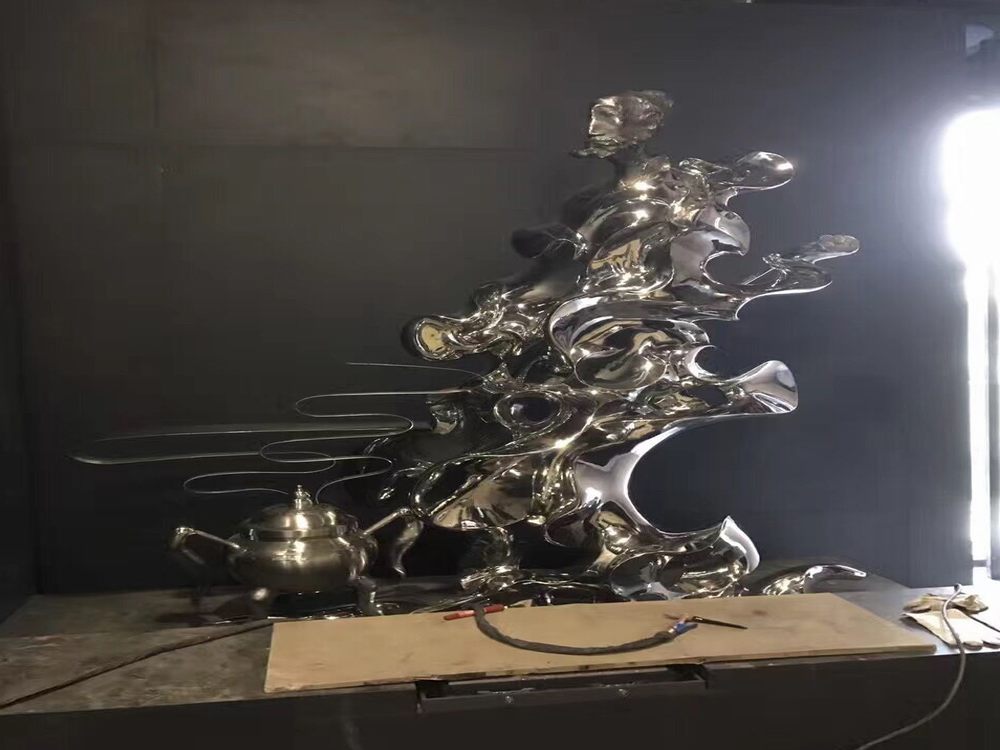
As environmental awareness grows, artists are increasingly adopting sustainable practices in the creation and disposal of metal sculptures. Many now prioritize recycled metals, sourcing materials from scrap yards, discarded machinery, or even consumer waste like cans and car parts. This not only reduces the demand for newly mined metals but also gives new life to materials that would otherwise end up in landfills.
Innovative techniques such as cold forging and low-energy welding minimize energy consumption during production. Some sculptors even incorporate solar-powered tools in their studios to further reduce their carbon footprint. When it comes to finishing, many opt for non-toxic patinas and water-based sealants instead of traditional chemical treatments.
For disposal, forward-thinking artists design sculptures with disassembly in mind, using modular components that can be repurposed. Some collaborate with recycling programs or educational institutions to ensure their works continue serving a purpose after exhibition. Others create "living sculptures" that naturally oxidize and return to the earth over time.
The sustainable metal art movement also includes community engagement. Many artists host workshops teaching metal recycling techniques or create public installations that raise awareness about environmental issues. Through these multifaceted approaches, contemporary sculptors are redefining what it means to create enduring art while respecting planetary boundaries.

